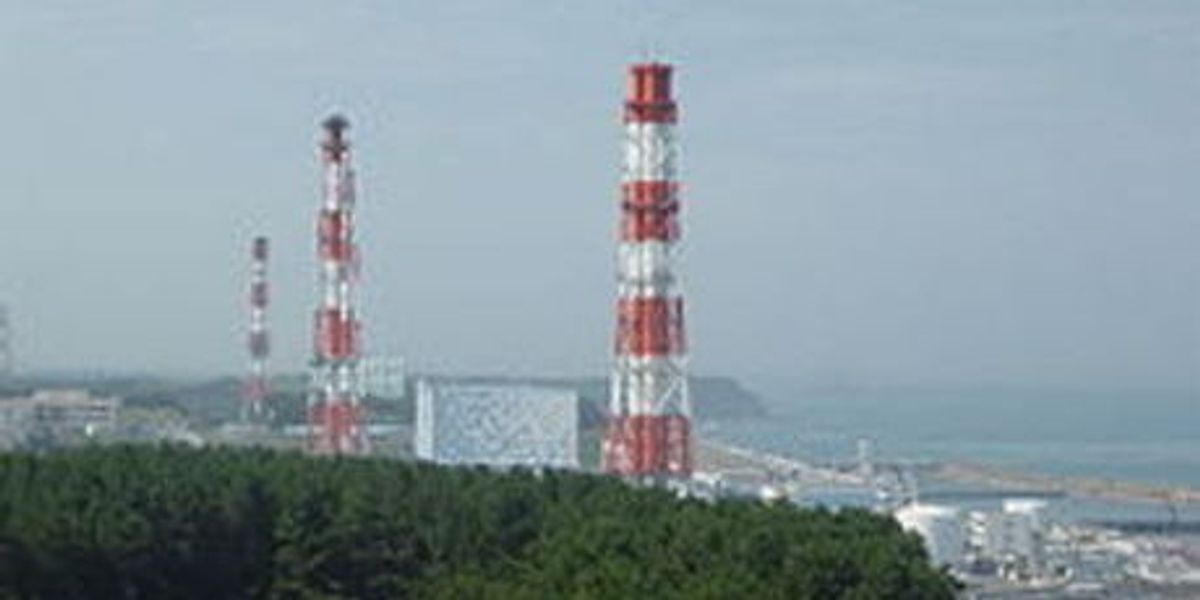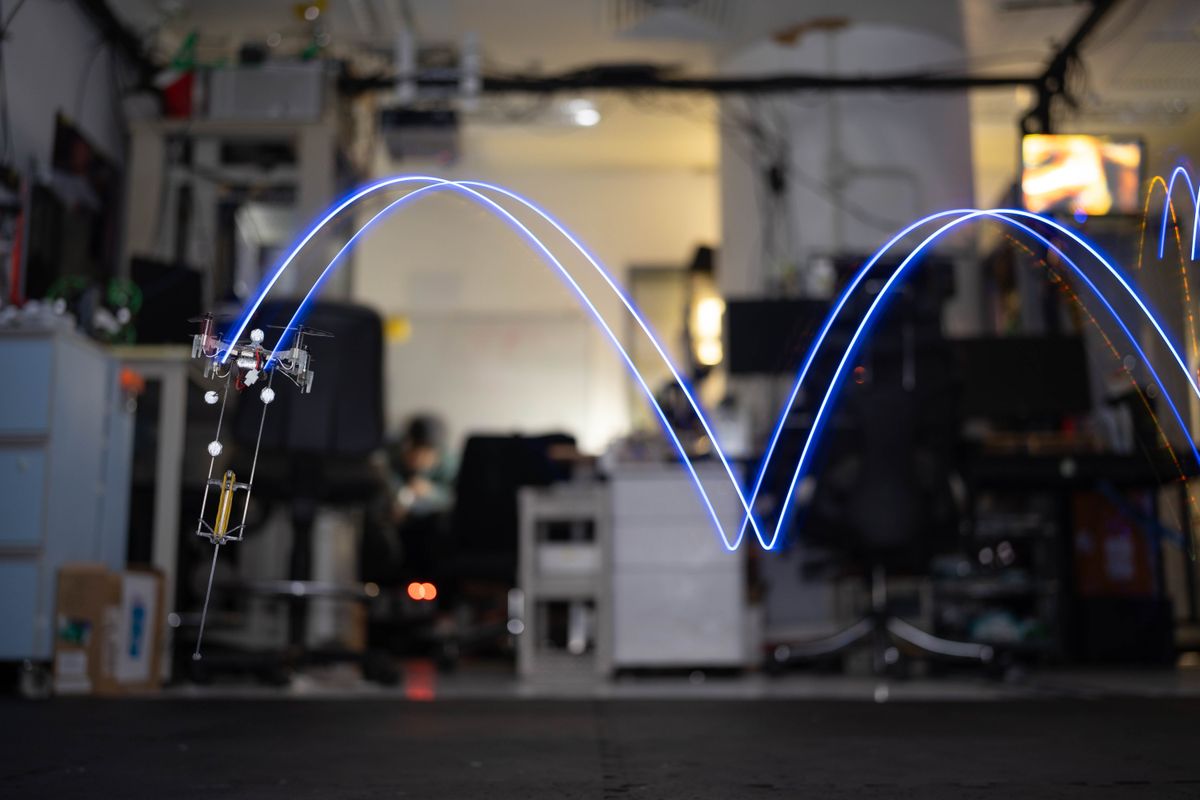UPDATE 3/16: For the latest news, read Timeline: The Japanese Nuclear Emergency.
Editor's Note: This is part of our ongoing news coverage of Japan's earthquake and nuclear emergency. A more recent post describes the second explosion at the Fukushima I power plant.
With the news Sunday that a second unit at the Fukushima I nuclear power plant is probably suffering a meltdown, and that the possibility of a second containment building explosion also cannot be excluded, the grave implications of the disastrous accident are beginning to sink in.
The previous day, as reports accumulated of radioactive cesium and iodine readings outside the plant, speculation was rife as to whether a reactor meltdown had occurred in Unit 1. Radioactive cesium and iodine are fission products--that is, they are created when fissile uranium splits--and their presence outside a reactor vessel implies not merely that a meltdown has taken place but, even more seriously, that the vessel has somehow been breached.
By today, March 13 in North America, official word had come that the Unit 1 core almost certainly had melted and that the Unit 3 core was likely melting too. A press release from the Tokyo Electric Power Company said that water containing boric acid was being injected into the Unit 3 vessel in an attempt to stop reactivity and cool the core. In what was generally seen as a "Hail Mary" pass the day before, TEPCO had injected sea water as well as boric acid into the Unit 1 core.
The TEPCO press release also said that a buildup of hydrogen in the Unit 3 outer containment building could not be excluded, and that it too might explode. The Japanese prime minister declared the general crisis in Sendai and the surrounding territories the nation's worst since the end of World War II.
What are the international implications? The most obvious is this: Next-generation nuclear power plants are to be equipped with passive cooling systems, such that convection alone guarantees emergency cooling of the core if the primary system fails. The new emergency core cooling system would exclude the kind of meltdowns that appear to have taken place in Units 1 and 3. That's the good news. The bad news is that the nuclear power plants operating in the world today do not have that kind of emergency system, and therefore in principle are all vulnerable to a Fukushima I-type accident.
As reactors are being relicensed around the world to keep operating beyond their intended 40-year lifetimes, the Japanese accident is bound to get universal and very close notice.
Credit: TEPCO





